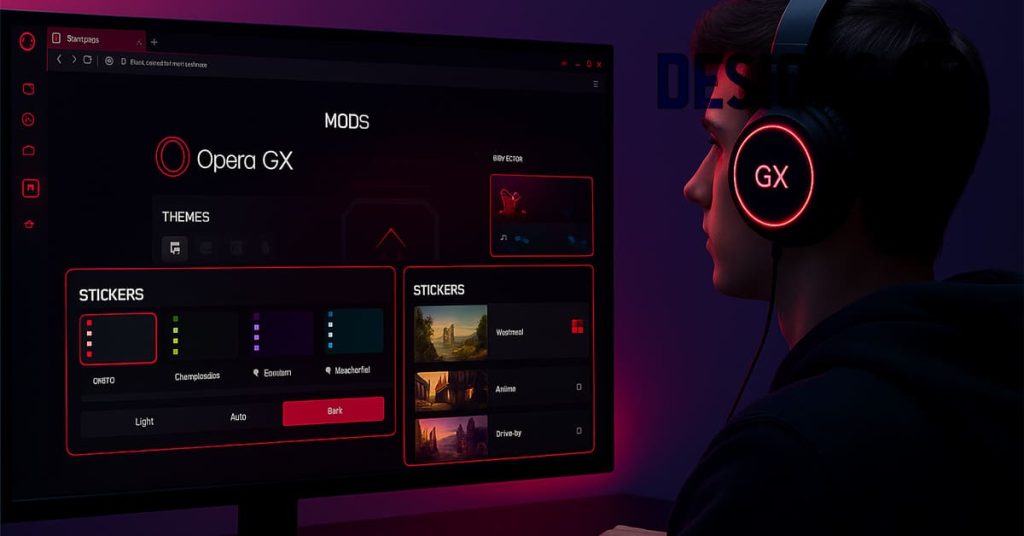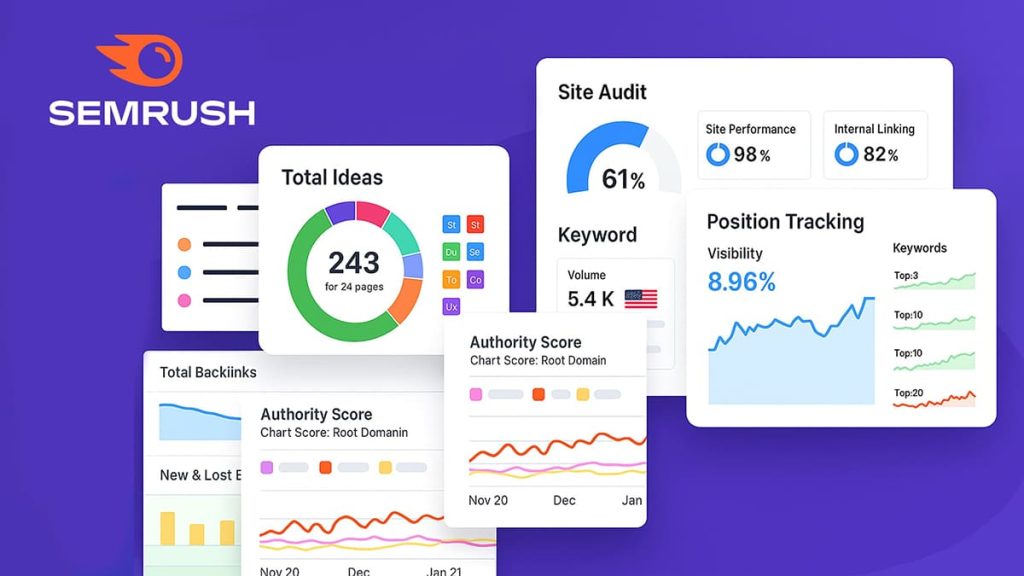Let’s be honest: creating SEO content often feels like a grind. Between keyword planning, outline structuring, and the actual writing, it’s easy to lose momentum , or worse, miss deadlines. That was my reality for years … then I tried Scalenut.
This article isn’t a tech breakdown or a feature list. It’s a personal look at how this platform reshaped my workflow.
If you’re a blogger, freelance writer, or part of a lean content team, what follows might just change the way you approach SEO writing and if you’re already exploring automated strategies with AI, this fits right into that puzzle.
What makes Scalenut different?
I’ve tested more AI writing tools than I can count , some helpful, most forgettable. But Scalenut? It surprised me. Right from the start, Cruise Mode felt like a shift. You enter a topic, guide it through a few intuitive steps, and in minutes, you’ve got a full article draft built around actual SERP data.
What sets it apart isn’t just speed. It’s the way SEO is built into the DNA of every draft. You get keyword suggestions, real-time SEO scoring, and NLP term coverage , without needing to toggle between five tools or extensions. The content feels structured with purpose, not stitched together by chance.
Then there’s the editor. It’s clean, focused, and lets you tweak your tone of voice effortlessly. The tone assistant and auto-transitions might sound like gimmicks, but they actually help maintain flow and consistency.
Compared to other AI platforms I’ve used, Scalenut doesn’t just generate text , it generates momentum. And when you’re writing to rank, that matters more than it sounds.
My workflow with Scalenut: from prompt to publish
I start every article in Scalenut the same way: with the brief assistant. It asks for a keyword, a bit of context, and a tone , nothing overwhelming. In return, it gives me a clear roadmap. This step alone used to take me 30 minutes across different tools.
Once the brief is in place, I launch Cruise Mode. The workflow is intuitive: choose or tweak a title, generate an outline, then dive into writing points. What I love here is the control , you’re not locked into rigid AI choices. You can edit every heading, add your own questions, or even pull insights from top-ranking pages.
When the first draft rolls in, I move to the built-in editor. This is where the real magic happens. The live SEO score reacts instantly as I rewrite or expand, nudging me toward stronger structure, keyword density, or NLP term usage. Suggestions appear as I type , sometimes it’s just a connector or a missing keyword, but it adds up.
Once the content hits the right score (usually above 75), I give it a final polish. From there, I either export to my CMS or publish directly if I’ve connected WordPress.
It’s not just faster , it’s more focused. And honestly, it feels like I have a co-pilot who actually knows SEO.
Benefits I’ve seen as an SEO blogger
I didn’t expect a single tool to shift the pace of my entire workflow , but that’s exactly what Scalenut did. Before, each article felt like a mini-marathon: keyword research, outline building, drafting, optimizing… and somehow still missing my publishing schedule. With Scalenut, things just clicked into place.
Here’s what changed for me:
- I cut my average writing time by nearly 60%, especially for SEO-heavy pieces
- Articles I wrote using Cruise Mode started ranking faster and higher on Google
- My publishing rhythm became predictable , which never used to happen
- The platform fits solo writers and lean teams alike (without drowning you in features)
To give you a clearer sense of who benefits and how, here’s a quick breakdown:
| User type | Before Scalenut | After Scalenut |
|---|---|---|
| Solo blogger | Inconsistent output | Weekly publishing rhythm |
| Freelancer | Manual optimization tools | SEO-ready drafts in one platform |
| Small content team | Slow, fragmented workflow | Streamlined briefs + faster delivery |
It’s not about doing more , it’s about creating better content with less mental clutter. That’s been the real win.
Scalenut has quietly become a cornerstone of my content creation process. It didn’t just shave off hours , it gave me structure, consistency, and the confidence that my content was built to rank from day one.
If you’re building a blog, managing client SEO, or simply want to create SEO posts faster and smarter, this tool might be your next best move. And if you’re wondering how to go from brief to blog post with AI, I’d recommend checking out this guide to creating SEO blog posts using AI tools.
Now I’m curious , have you tested Scalenut yet? Or are you using a different setup for your SEO writing? Share your workflow in the comments , I’d love to compare notes.








